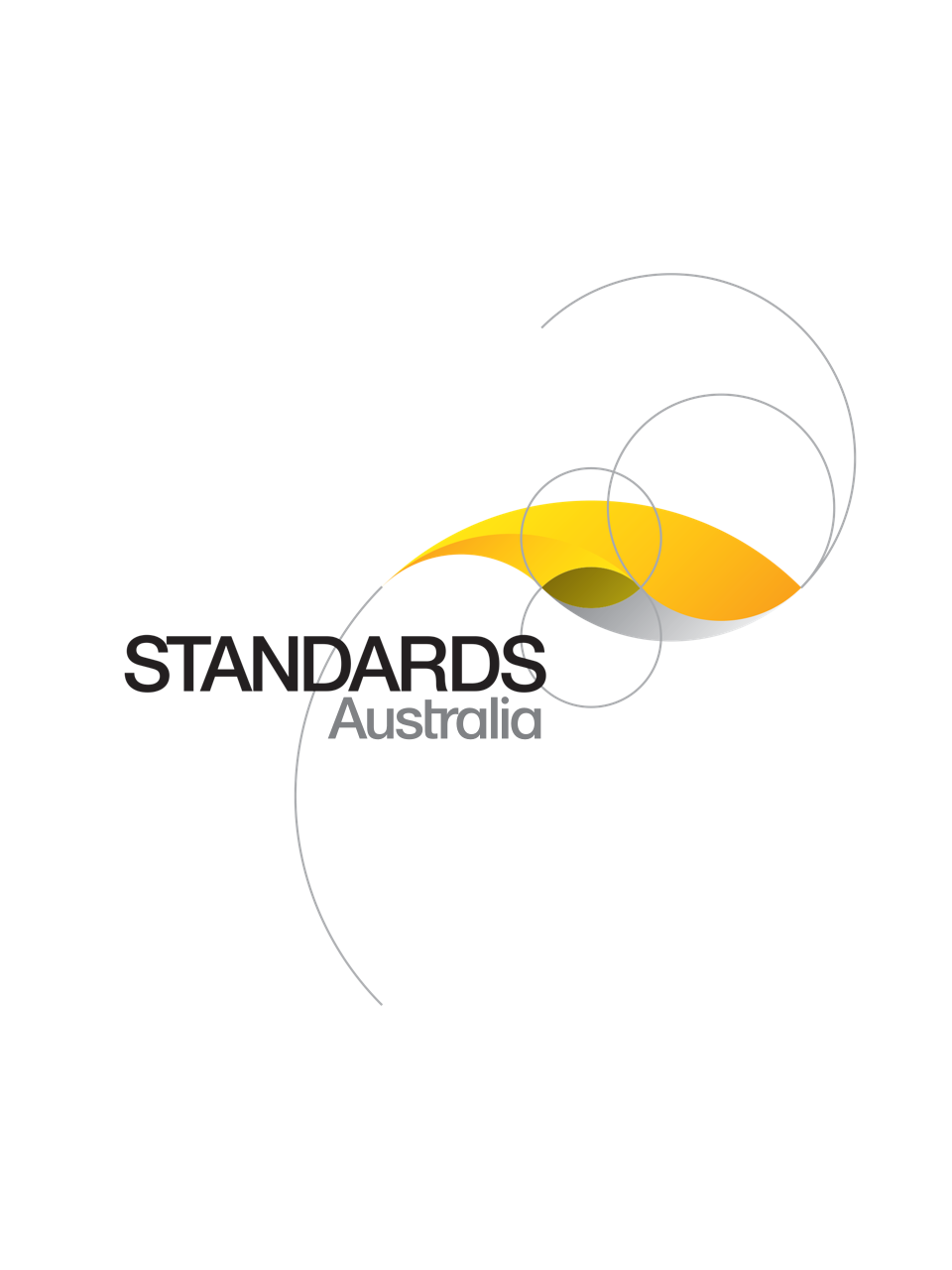Standard
UPDATE AVAILABLE
AS 1085.1-2002
[Superseded]Specifies performance requirements for as-rolled and head-hardened steel rail, covering track compatibility, service life, material integrity, connection, maintenance and handling. Asymmetric switch rails and elevated guardrails are also covered. Appendices five deemed to comply solutions for profiles, tolerances, chemical composition, mechanical properties and specify test methods for inclusions and surface finish. Guidance to purchasers, information on compliance and on residual stresses in rail is also given in appendices.
Published: 01/08/2002
Pages: 37
Table of contents
Cited references
Content history
Table of contents
Header
About this publication
Preface
1 Scope
2 Purpose and context of use
2.1 Function
2.2 Action
3 Referenced documents
4 Definitions
5 Rounding of numbers
5.1 General
5.2 Tensile properties
6 Designation
7 Track system compatibility
7.1 Profile shape
7.2 Materials
8 Service life
8.1 Materials
8.2 Shape stability and wear resistance
8.3 Fatigue
9 Material integrity
9.1 Material properties
9.1.1 As-rolled rail
9.1.2 Head-hardened rail
9.2 Internal soundness
9.2.1 Bloom reduction
9.2.2 Post-rolling operations
9.2.3 Sulfur print test
9.2.4 Ultrasonic test
9.2.5 Hydrogen-induced cracks
9.3 External finish
9.3.1 Visual inspection
9.3.2 Eddy current test
10 Suitability for connection
10.1 Profile consistency and end squareness
10.2 Suitability for welding and drilling
10.3 Holes for fishbolts
11 Suitability for maintenance
11.1 Suitability for welding, drilling and grinding
11.2 Material properties
12 Handling
13 Marking
13.1 General
13.2 Rolled-in brands
13.3 Stamped brands
Appendix A
Appendix B
B1 Scope
B2 Statistical sampling
B3 Product certification
B4 Supplier’s quality management system
B5 Other means of assessment
Appendix C
C1 General
C2 Influence of residual stresses on rail performance
C3 Influence of the manufacturing process on residual stresses
C4 Measurement and calculation of residual stresses
C4.1 General
C4.2 Web saw cut method
C4.2.1 Purpose
C4.2.2 Procedure
C4.2.3 Acceptance criteria based on the web saw cut test
C4.3 Strain gauge procedure
C4.3.1 Purpose
C4.3.2 Strain gauge types
C4.3.3 Procedure
C4.3.4 Strain gauge locations
C4.3.5 Acceptance criteria based on the strain gauge procedure
C4.4 Crack arrest test
C4.4.1 Purpose
C4.5 Procedure
Appendix D
D1 Nominal rail profiles
D2 Measurement of dimensions
Appendix E
E1 Chemical composition
E1.1 Chemical composition other than oxygen and hydrogen
E1.2 Oxygen
E1.3 Hydrogen
E2 Mechanical properties
Appendix F
F1 Material properties
F1.1 Tensile testing
F1.2 Surface hardness test
F1.3 Test for depth of heat treatment (etch test)
F1.4 Hardness gradient test
F1.5 Microstructure test
F2 Internal soundness
F2.1 Sulfur print test
F2.2 Ultrasonic test for rolled steel rails
F2.2.1 General
F2.2.2 Apparatus
F3 External finish
F3.1 Visual inspection
F3.2 Eddy current test for rolled steel rails
F3.2.1 General
F3.2.2 Apparatus
Cited references in this standard
UIC 861-2
Standard sections for points rails adapted to the UIC 54 and 60 kg/m rail sections
Content history
[Current]
[Superseded]
[Superseded]
[Superseded]
AS 1085.1-2002 Rec:2013
